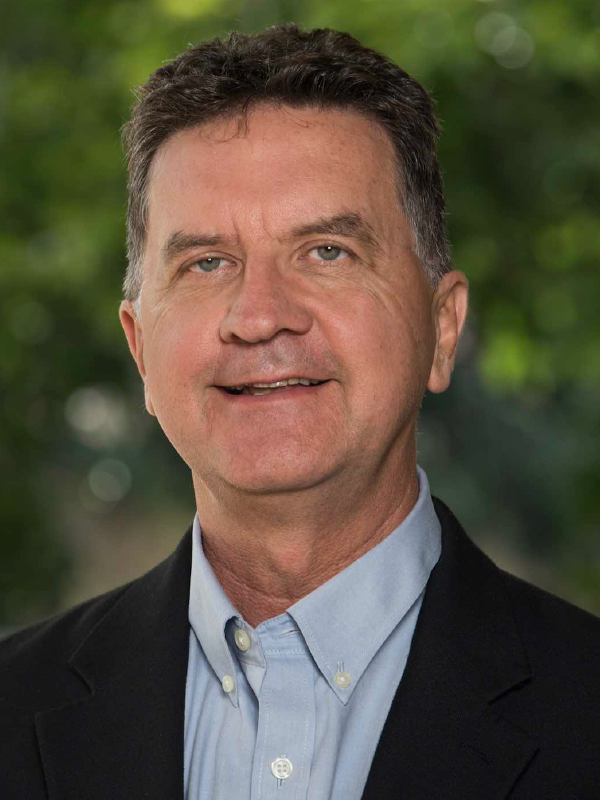

SS05 – DATA SCIENCE AND ARTIFICIAL INTELLIGENCE IN GEOSCIENCES

|
Mon-29 Jun 2020 | 16:00 – 18:00 | Tower D, Emerald Gregory BEROZAStanford University “AI for Earthquake Monitoring” |
Gregory BEROZA#+, Mostafa MOUSAVI, Weiqiang ZHU, William ELLSWORTH, Ian MCBREARTY, Yongsoo PARK, Yen Joe TAN
Stanford University
Because earthquakes occur deep within the Earth they are remote from direct observation Seismologists seek to understand them through analysis of the seismic waves they generate. Earthquakes follow power-law statistics such that the number of earthquakes increases dramatically as earthquake magnitude decreases. Small earthquakes occur on the same faults and by the same mechanism as larger earthquakes, so if we can detect, locate, and characterize small earthquakes, we dramatically increase the information available to study earthquake processes. Earthquake catalogs are developed by analyzing continuous time series of seismic network data to identify phases, associate those phases with events, that are then located, and characterized. Machine learning has a role to play in each of these processing steps. In this talk we will demonstrate how machine learning can dramatically increase the completeness of earthquake catalogs, and by doing so, reveal physical processes that are otherwise obscured. The time seems ripe to operationalize AI in earthquake monitoring.
Biography
GREGORY (GREG) C. BEROZA is the Wayne Loel Professor of Earth, Energy, and Environmental Sciences in the Department of Geophysics at Stanford University. His research concerns earthquake science broadly, with a focus on developing techniques for analyzing seismograms to understand how earthquakes work and to help quantify the hazards they pose. Since 2007 he has been first deputy-director then co-director of the Southern California Earthquake Center (SCEC). His principal responsibility in that role is to chair the planning committee, which guides and coordinates the core research program of the SCEC collaboration. Since 2013 he has also been co-director of the Stanford Center for Induced and Triggered Seismicity. His current research includes using ambient field measurements for ground motion prediction, developing data-mining and machine-learning methods for earthquake detection and characterization, and understanding the systematics of induced, slow, and intermediate depth earthquakes. He has authored over 150 peer-reviewed scientific journal articles. Professor Beroza was an NSF Presidential Young Investigator, has been fellow of the American Geophysical Union since 2008, was the IRIS/SSA Distinguished Lecturer in 2012, and was awarded the Beno Gutenberg Medal of the European Geosciences Union in 2014 for outstanding contributions to seismology. He holds a B.S. in Earth Sciences from UC Santa Cruz, and a Ph.D. from MIT.